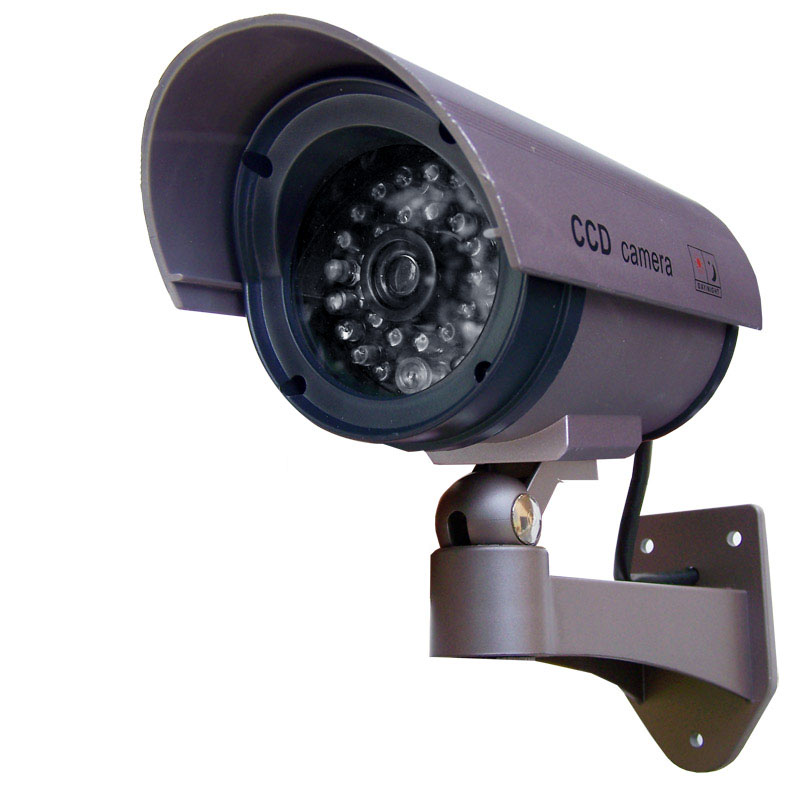Here’s All You Need to Know About Infrared Security Cameras
If you are a business looking for security monitoring in Toronto, you probably already know how important surveillance cameras are. However, not everyone is aware of the full range of features and benefits that infrared cameras can offer. Before you go installing or investing in a surveillance solution, it is a good idea to get your concepts cleared so that you can safely decide. So without pondering around, let’s get to it.

How Does Infrared Cameras Works?
Infrared cameras work by using thermal imaging technology. That means that the camera is designed to detect heat radiation sources, instead of regular visible light. The human body has a normal temperature of 100 degrees Fahrenheit, and the camera works by detecting these heat signatures and activities. Though, the images are not as clear as regular pictures, and are somewhat between a clear green-light photo and a black-and-white version of a photo.
Does it Work in Daylight?
Infrared cameras are not the same as day/night cameras, which requires sufficient light near an object to be visible in the dark. As infrared cameras work based on heat and not light, it does not matter whether it is day or night, it can work just the same. For instance, a burglar breaking into a dark office at night will not be caught taped on a day/night camera, but can be easily detected and recorded by an infrared camera.
How Far Can They Reach?
The range of an infrared camera is proportional to the number of infrared lights it has, and the power is measured in lux. A 0.0 lux can camera can detect clear image even in complete darkness. There should also be sufficient infrared lights near the lens, which will help to get a better sight distance. Some infrared cameras can detect as high as 150 feet in total darkness, along with ones that for shorter range, indoor or outdoor purposes.
How Much Can an Infrared Camera Cost?
The cost of infrared cameras can vary depending on the features, particularly on the lux numbers. A simple camera with 0.5 lux can cost as low as $50 per unit, and can go up to as high $3,000. Some units can also function as regular camera, which can affect the final cost also.
So, Are They Worth it?
It is true that infrared cameras can generally cost more than regular ones, however, if you compare the installation and price to the cost of losing valuable inventory, they do seem more justified. If a theft occurs and the damage costs you $10,000, and if your regular cameras cannot even pick up the surveillance footage, the goods cannot be traced back anymore. It is safer to invest a bit more on infrared cameras, and reduce the overall risk in the long run.